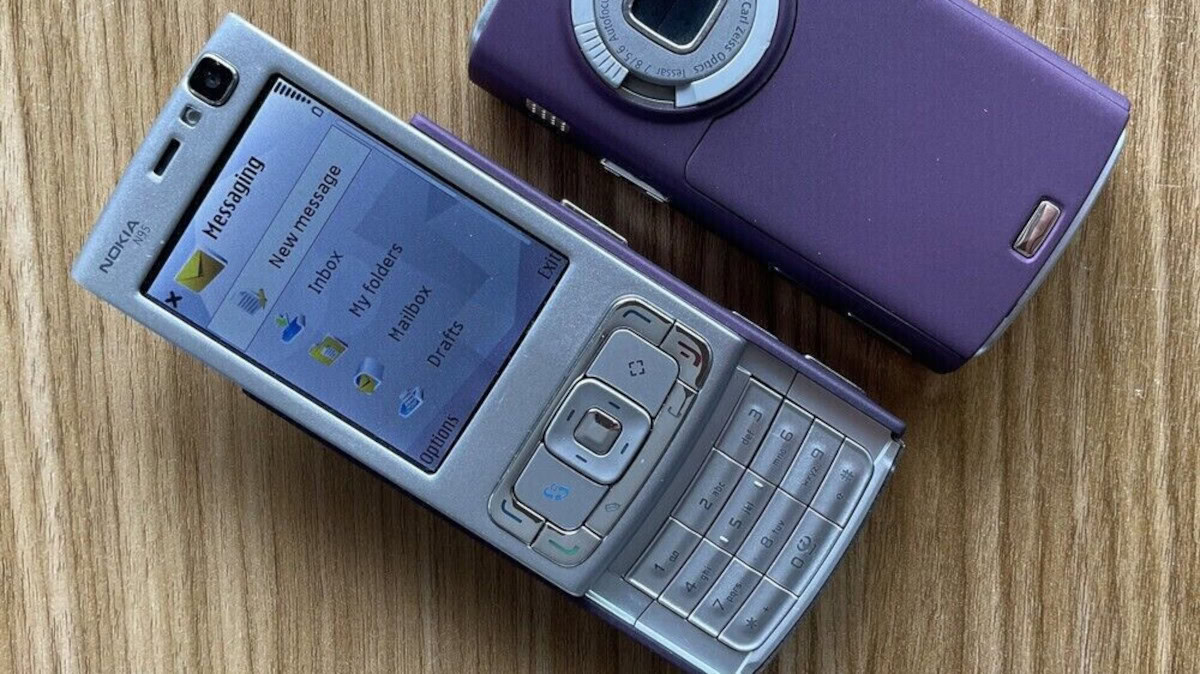Affiliate links on Android Authority may earn us a commission. Learn more.
Bluetooth 1.0 to 6.0 explained: How do Bluetooth versions differ from each other?
Published onOctober 6, 2024
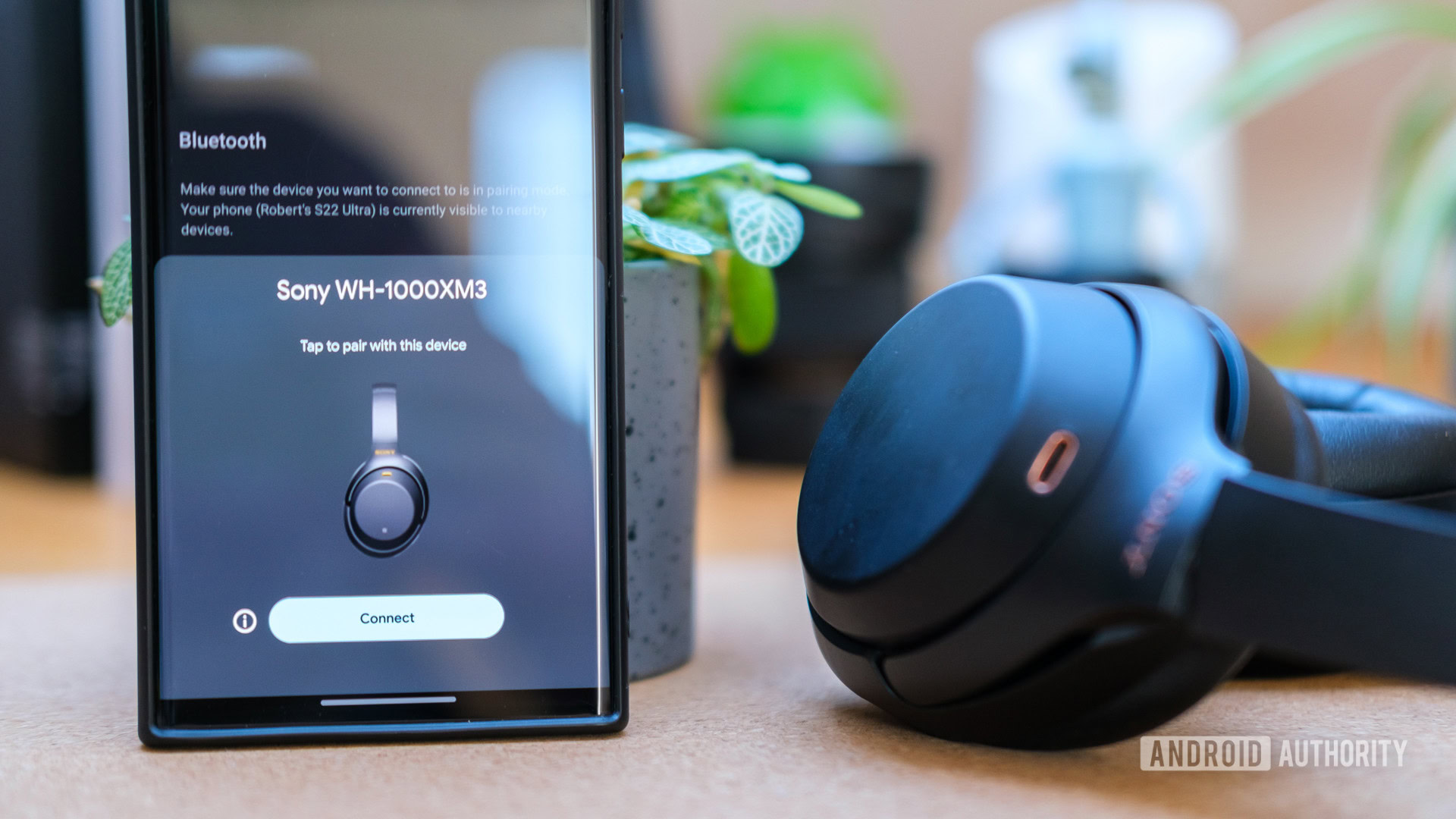
Within a span of just a couple of decades, Bluetooth has evolved from a niche wireless protocol to a ubiquitous technology that we rely on daily for connecting everything from headphones to smart home devices. It’s now the go-to standard for short-range wireless communication, with perhaps only Wi-Fi surpassing its usefulness and popularity.
But while Bluetooth may seem like a rather stable and unexciting technology on the surface, the protocol has actually undergone several critical changes over the years. In fact, the benefits of some older Bluetooth versions still haven’t made their way into our devices yet.
Luckily, our devices support multiple Bluetooth versions and automatically pick the best one depending on availability and use case. But what’s the difference between each major and minor Bluetooth release and which is the latest one? Here’s everything you need to know.
Bluetooth 1.0: Why was Bluetooth invented?
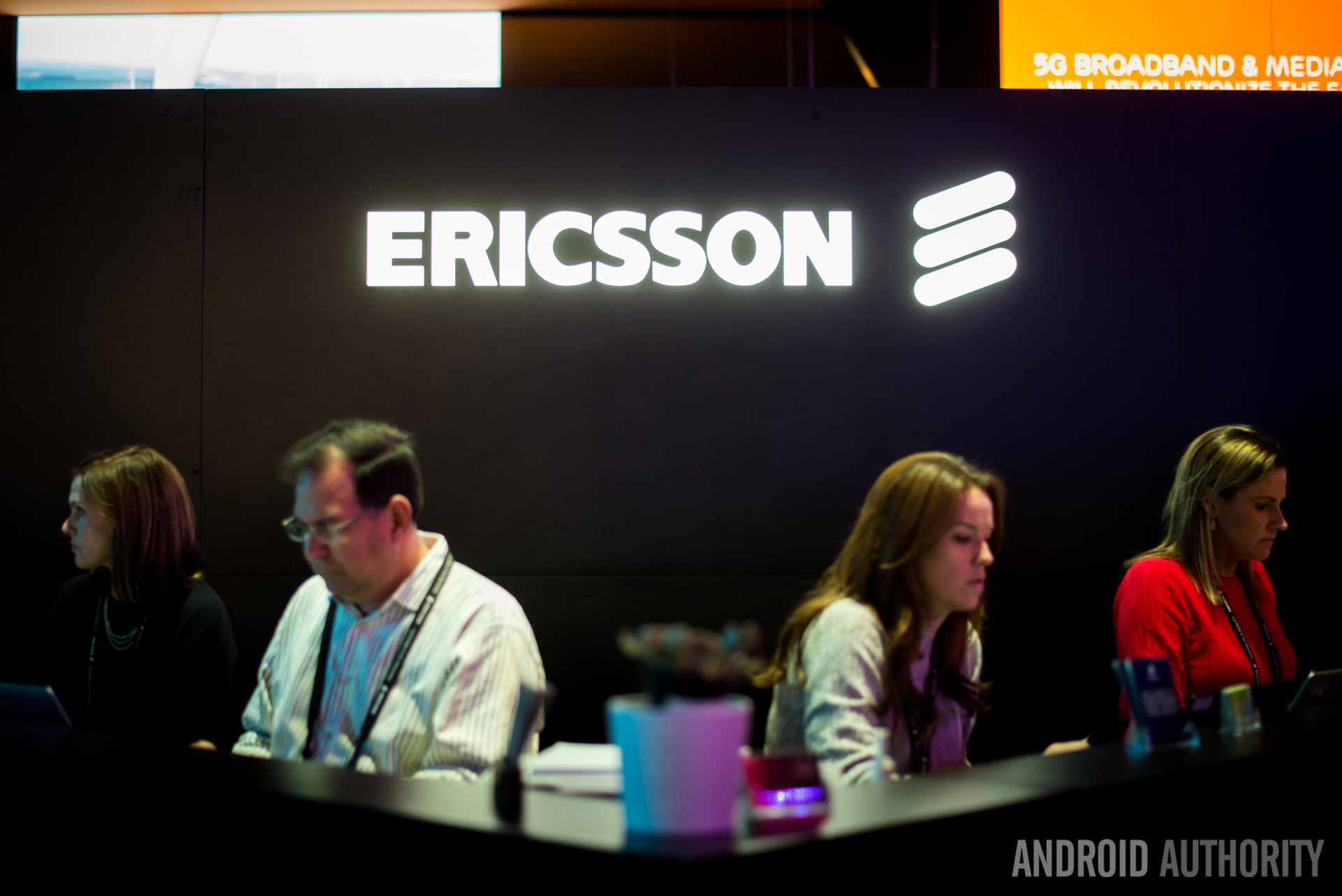
Without going too deep into the history of Bluetooth, the technology was originally invented to integrate cellular connectivity within laptops. In the late 1990s, engineers from IBM and Ericsson realized that integrating a mobile phone directly into a laptop was infeasible due to the high power requirements. So instead, they decided to lean on Ericsson’s low-power communication protocol that had been in development since 1994. They theorized the technology would allow phones and laptops to communicate over short distances.
IBM and Ericsson opened up the technology to other companies, which led to the birth of the Bluetooth Special Interest Group (SIG). The SIG unveiled the first Bluetooth version in 1999, which was followed by a hands-free handset that showcased the technology. However, no phone on the market supported the technology at this time. The first Bluetooth-equipped phone would only release two years later, in 2001.
Bluetooth 1.0 was developed as a wireless alternative to serial cables.
Still, Ericsson had developed Bluetooth 1.0 primarily as a wireless alternative to the RS-232 standard, which was a common feature of computers at the time. RS-232 serial cables were used for peripheral devices such as mice and keyboards as well as modem connections for dial-up internet. However, these ports were large and bulky.
All of this is to say that the Bluetooth of 1999 wasn’t too far off from what it is today — a versatile and low-power solution for wirelessly connecting devices. The primary motivation was convenience and that remains true even today with wireless earbuds replacing the venerable headphone jack on smartphones.
The first version of Bluetooth had some flaws such as limited transfer speeds and a maximum range of just 10 meters.
Bluetooth 2.0 – 2.1: Secure pairing and fast data transfers
The second version of Bluetooth was released in 2004 and brought along some much needed upgrades, with the headlining feature being Enhanced Data Rate (EDR). The latter allowed the technology to achieve speeds of up to 3 Mbps, which enabled new use cases like wireless audio. It also enabled a single computer to connect to multiple devices at once, meaning you could use a Bluetooth keyboard, mouse, and printer all simultaneously.
Bluetooth 2.0 was also capable of longer range transmission than the first version. It boasted a maximum range of 30m, or three times as much as the original standard.
In 2007, Bluetooth 2.1 introduced a new pairing mechanism called Secure Simple Pairing (SSP) that dramatically improved the user experience and connection security. You might already be familiar with SSP if you’ve ever compared and confirmed a PIN while pairing two Bluetooth devices. This offered a more secure alternative to insecure fixed PINs like 0000, which were commonly used for pairing until the release of Bluetooth 2.1.
Bluetooth 3.0: Even faster speeds, with a catch
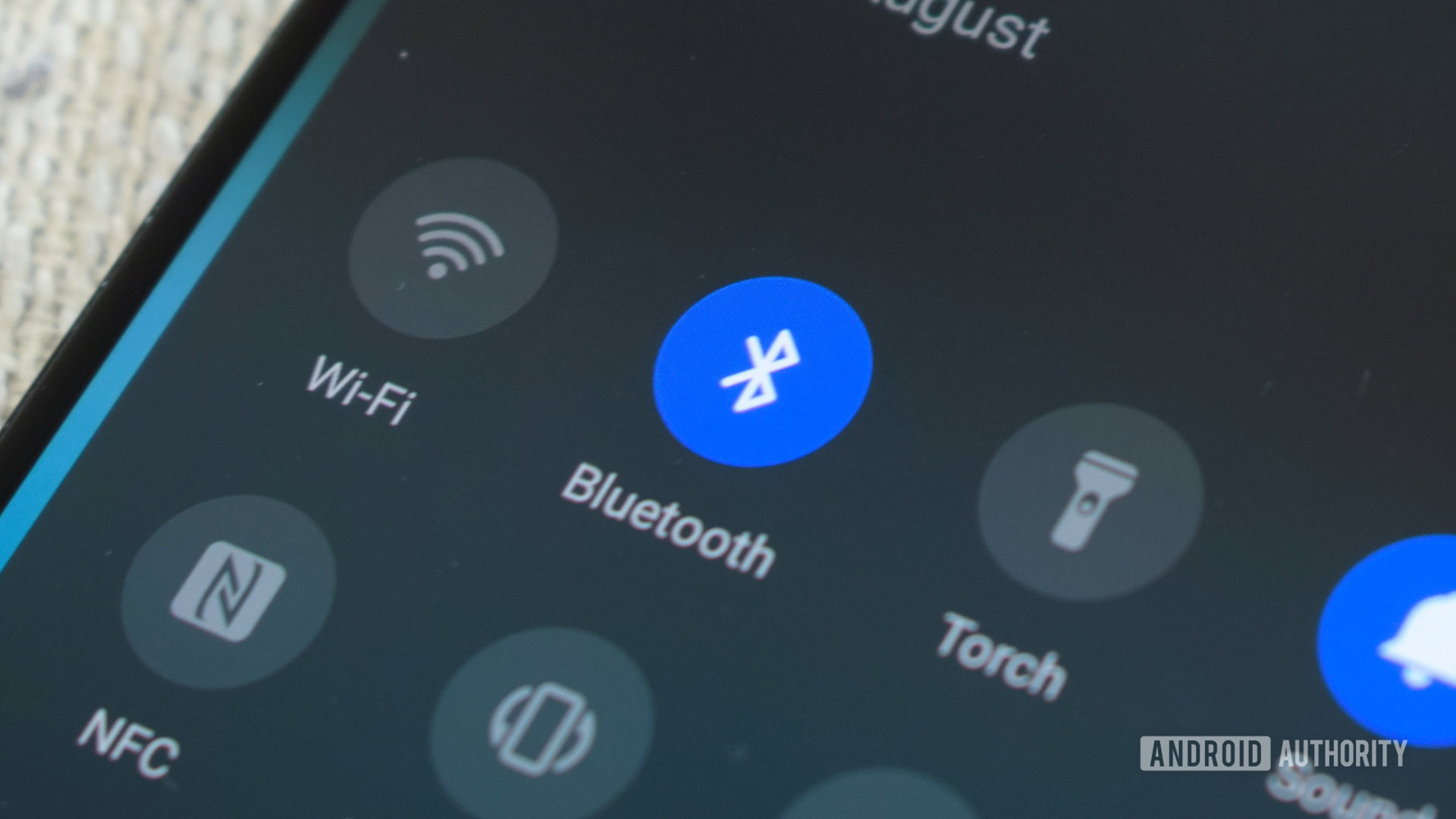
Launched in 2009, Bluetooth 3.0 introduced a significant speed boost thanks to an optional feature called High-Speed (HS). This allowed Bluetooth devices to achieve data transfer rates of up to 24 Mbps, with one big caveat: the fast actual data transfer wouldn’t take place over the Bluetooth link itself. Instead, Bluetooth is used solely for pairing and communication, while the actual data transfer takes place over Wi-Fi instead.
Of course, High Speed data transfers required devices to include both Bluetooth and Wi-Fi hardware. And while such devices did already exist, few manufacturers ever adopted the feature. It also didn’t help that the Bluetooth specification made the HS portion of Bluetooth 3.0 optional.
Bluetooth 3.0 ultimately ended up being much less known than other versions, even though it brought meaningful upgrades to the technology. Enhanced Power Control, for example, paved the way for improved power management when devices were at different ranges and reduced unnecessary battery drain.
Bluetooth 4.0 – 4.2: Low Energy vs Classic
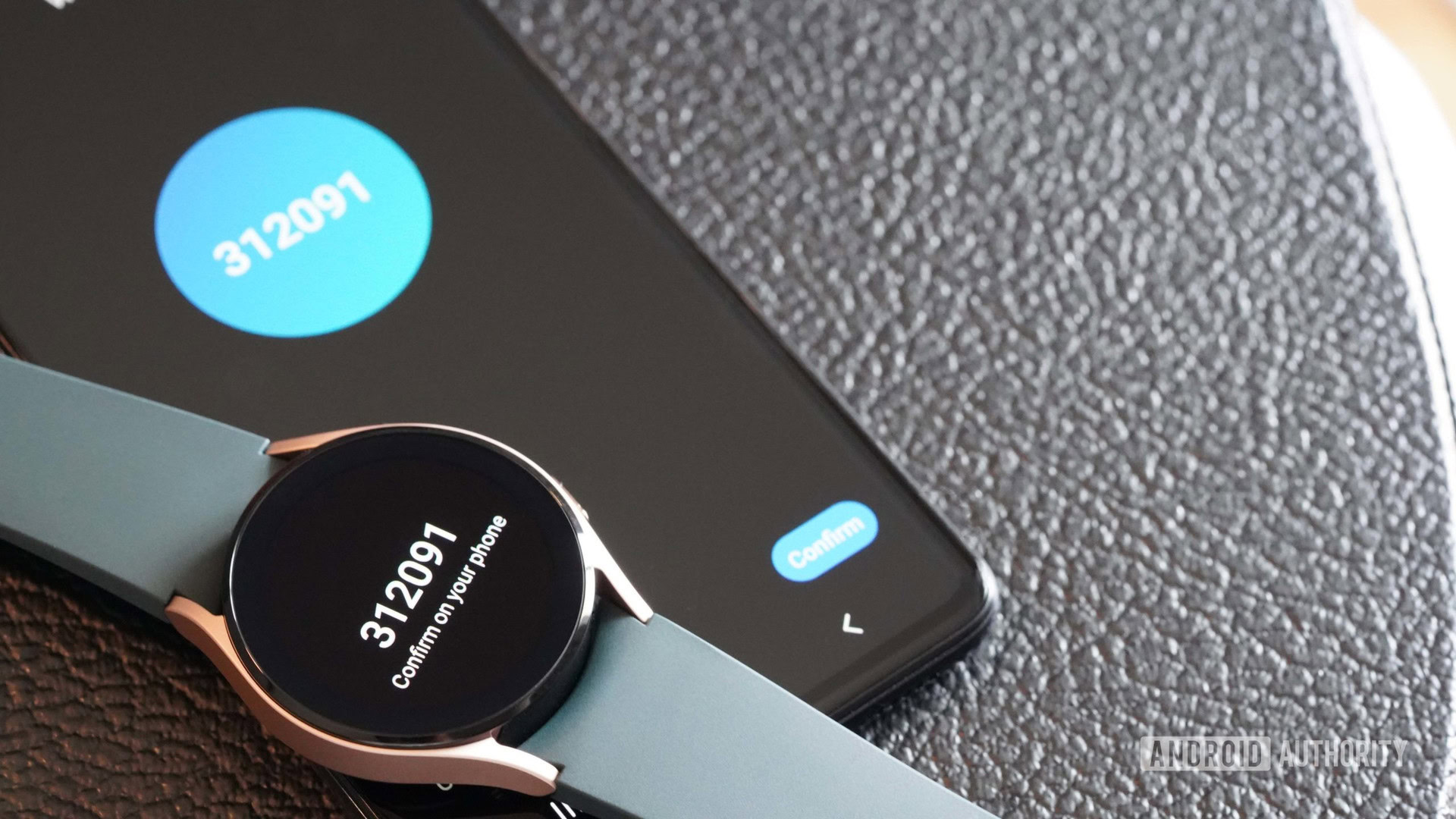
By the time Bluetooth 4.0 was announced and accepted by the Bluetooth SIG, the technology had become commonplace on portable devices. However, battery life was a big concern as the technology started being used to transmit data between devices over long periods of time. The concept of always-connected wearable devices and Bluetooth earbuds was just on the horizon at that point.
To support these applications, the Bluetooth SIG decided to split the technology’s development into two different paths. The first, dubbed Classic Bluetooth, continued from where previous versions left off without drastic changes to the protocol. However, the 4.0 release also introduced Bluetooth Low Energy (BLE), designed specifically for low-power devices to remain connected while consuming as little power as possible.
Bluetooth Low Energy paved the way for modern wearables and wireless audio products.
Bluetooth Low Energy accommodates devices that require infrequent data transfers in short bursts, such as when your wearable syncs step data with your phone. Later revisions like Bluetooth 4.2 also brought privacy and security enhancements with the smart home industry in mind, allowing sensors to communicate triggers like motion detection. However, the latter never really took off — the vast majority of consumer smart home products today utilize competing wireless standards like Zigbee instead of BLE.
Still, Bluetooth Low Energy has been nothing short of a game-changer. The technology was developed to operate for months or even years on a button cell, which brought new devices with form factors to market. Better yet, devices can support both Bluetooth Classic and LE variants and switch between them as needed.
Bluetooth 5 – 5.4: LE Audio and more
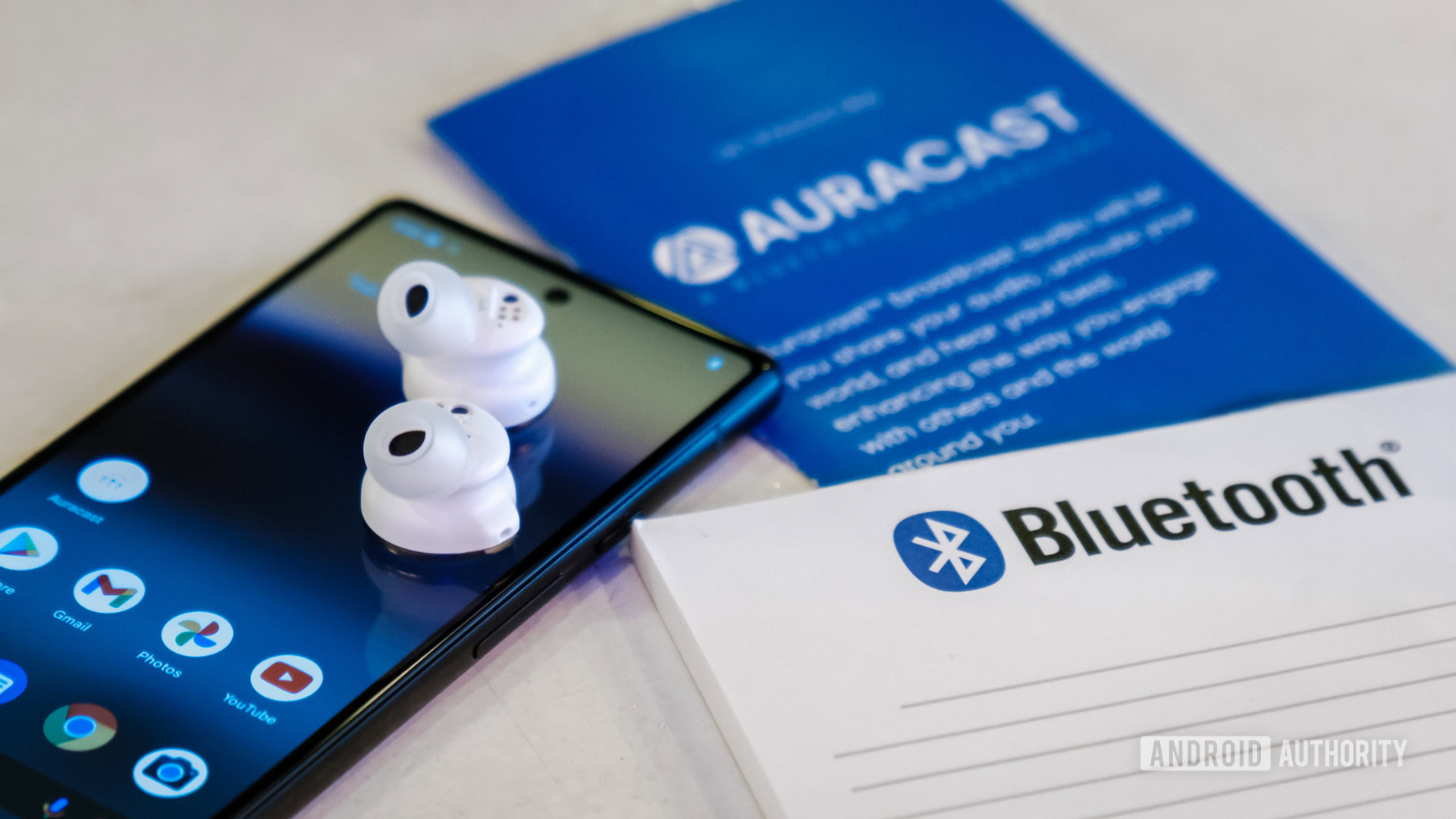
Released in 2016, Bluetooth 5 was the reigning. The SIG continued to develop Bluetooth Classic and LE separately, with each branch gaining useful features.
For example, transmissions over Bluetooth 5 Low Energy links can be twice as fast as the previous generation — going up to 2 Mbps. Devices can also sacrifice data speed to gain four times the range instead, up to a maximum of 240 meters under ideal conditions. Bluetooth 5 was the first to offer bandwidth flexibility — devices could choose to prioritize longer range, low energy use, or high transfer speeds. This meant new Bluetooth codecs could be developed for improved audio quality, while still benefiting from BLE’s low power consumption.
In 2019, Bluetooth 5.1 introduced Direction Finding, allowing for precise tracking down to a few centimeters. While ultra wideband (UWB) technology has become the industry standard for smart trackers, Bluetooth can now be used for less granular tracking applications.
LC3 codec and Auracast
Barely a year later, we saw the release of Bluetooth 5.2 and the LE Audio standard. The latter included a new Low Complexity Communication Codec (LC3). LC3 offers superior audio quality at lower bitrates, while also taking advantage of Bluetooth LE’s low power consumption.
By 2020, true wireless earbuds like the Apple AirPods had already gained significant momentum. However, Bluetooth Classic’s aging SBC codec left a lot to be desired in terms of audio quality. LC3 delivers better quality at lower bitrates, while improving battery life in the process.
Bluetooth 5.2 introduced LE Audio and a new codec for high quality wireless audio.
Bluetooth 5.2 also introduced support for audio broadcast — or Auracast. It’s a feature that allows one Bluetooth source to stream audio to multiple receivers. This means you can output your phone’s audio to your friend’s earbuds and your own at the same time. The release also added support for hearing aids — imagine using Auracast to output audio from a single source to multiple hearing aids spread across a theater or stadium.
Bluetooth 5.3 and 5.4 released in 2021 and 2023 respectively and brought along stability and connection improvements. While these releases don’t bring any flashy new features to the technology, Bluetooth 5.4 introduced support for Periodic Advertising with Responses (PAwR). The feature allows a single Bluetooth beacon to simultaneously broadcast messages to as many as 7,000 devices at once. Where is this useful? In large stores that have adopted electronic shelf labels (typically e-ink). Prior Bluetooth versions required roundtrip communication for each label, which would result in delayed updates in larger stores.
Bluetooth 6.0: The new standard
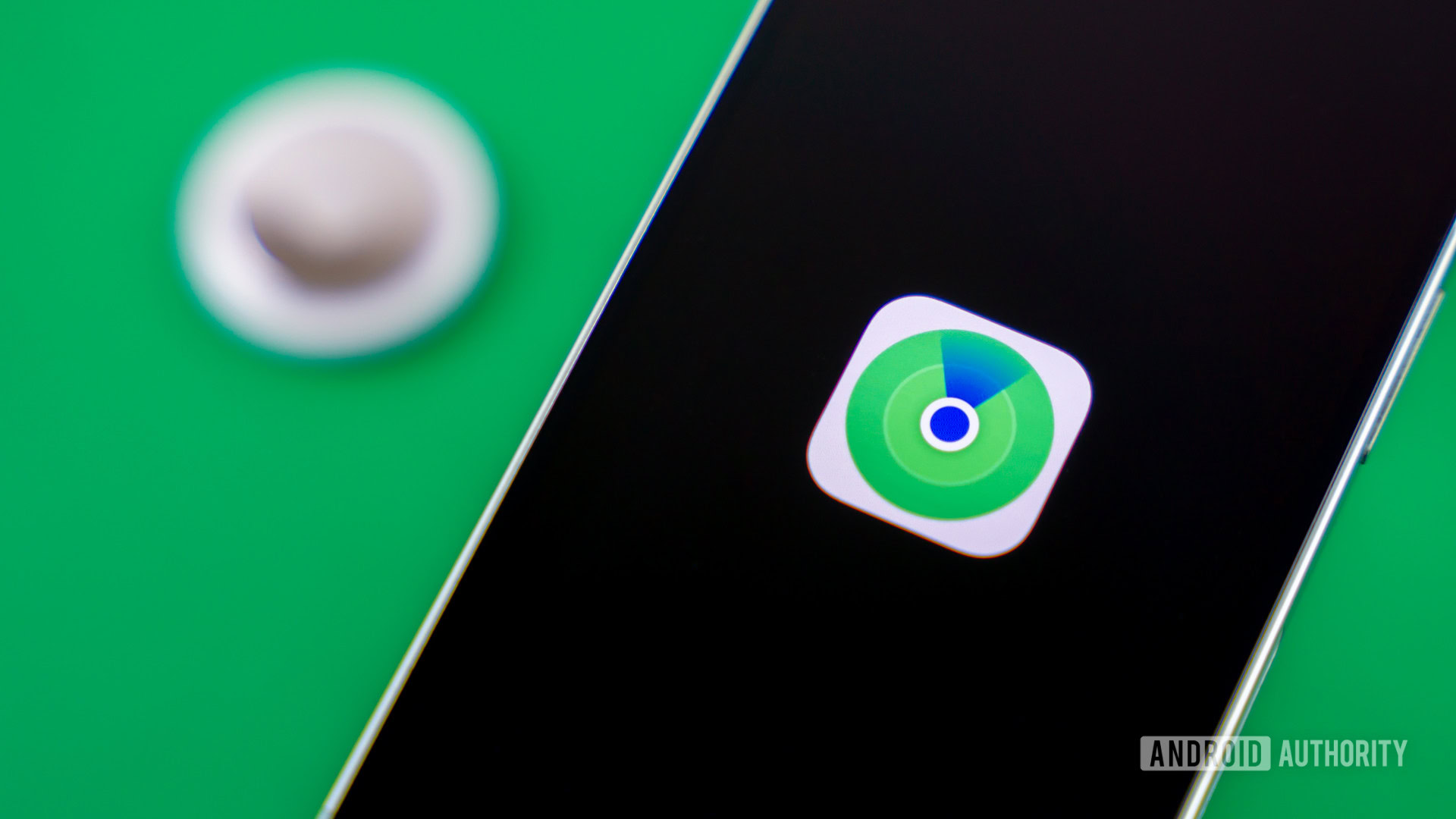
After nearly a decade of minor version updates, the Bluetooth SIG finally announced the next major Bluetooth generation on August 27, 2024. This makes Bluetooth 6.0 the latest version available today, although you’ll have to wait a bit for consumer devices to adopt it.
Bluetooth 6.0’s highlight new feature is Bluetooth Channel Sounding, which allows devices to accurately measure the physical distance between each other. Prior generations relied on signal strength to approximate distance, which was not accurate enough for smart locks and car keys. Bluetooth Channel Sounding uses round-trip time (RTT) and phase-based ranging (PBR) for accurate distance measurements, similar to UWB.
Bluetooth 6.0 plucks a trick from UWB's paybook.
Elsewhere, Bluetooth 6.0 brings more security and efficiency improvements as well as lower latency for audio applications. The first devices with Bluetooth 6.0 support should appear in 2025.
However, we may have to wait another year or two before we see new features like Bluetooth Channel Sounding adopted. After all, features from prior generations like Auracast are only now starting to appear in mainstream devices like the recently released Pixel Buds Pro 2 and the Bluetooth audio sharing feature in Android 15.
